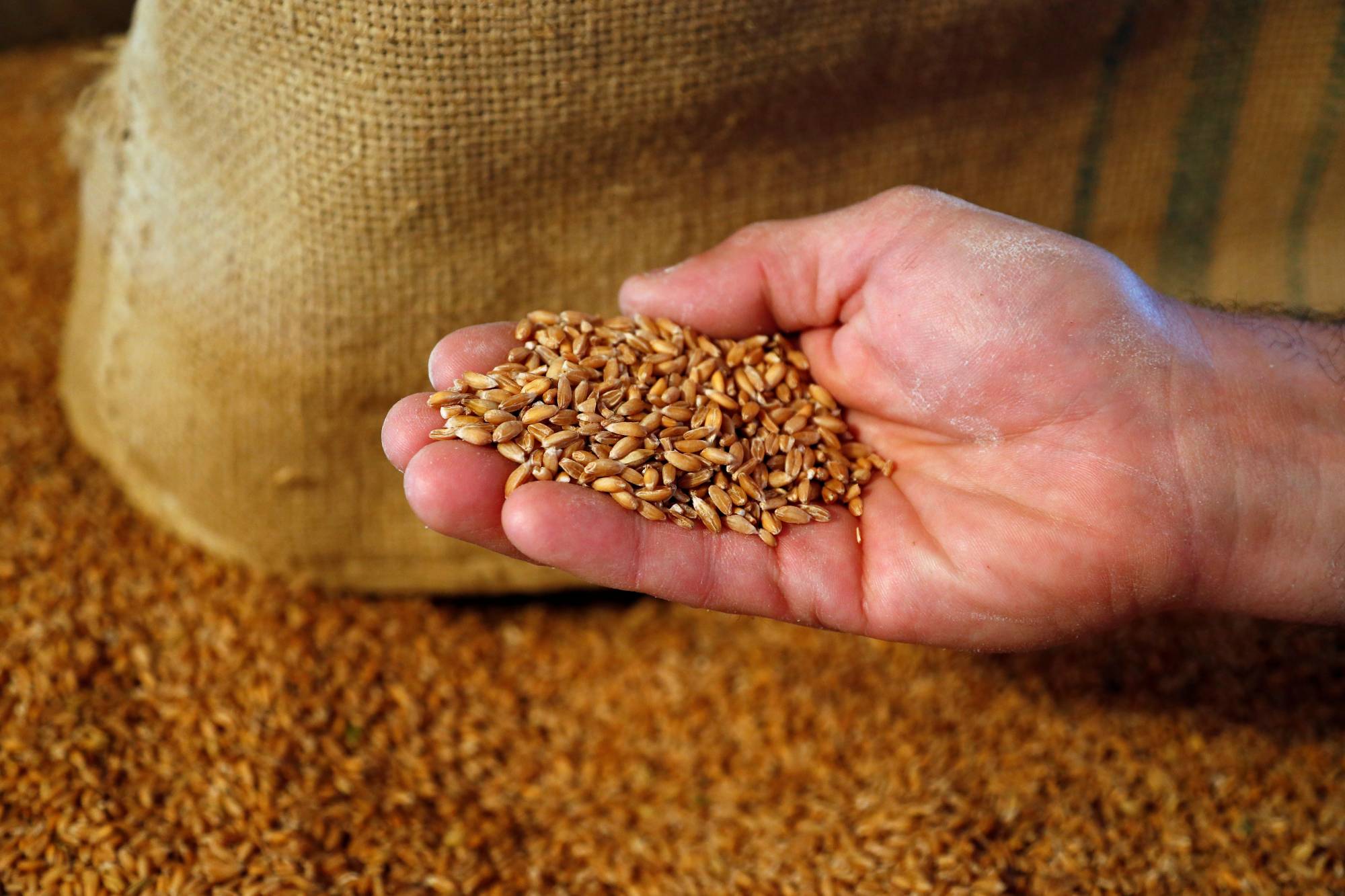How has the world managed to double its population over the past 50 years while still keeping most of us fed? Much of it is down to globalization.
In past centuries, crop failures in one region would inevitably lead to starvation. The 70% fall in ocean freight costs between 1840 and 1910 changed this, sparking the growth of a global trade in grains. About a quarter of all the calories we consume are now traded across borders.
That’s added an important safety net to the world’s food systems. Thanks to the way major climate cycles shift rainfall from continent to continent, it’s common for crop failures in one region to be paired with bumper harvests elsewhere in the world. The La Nina climate cycle tends to reduce soybean and corn yields in the Americas, but increase them in Asia. During the converse El Nino cycle, wheat production falls in Australia and the U.S., but increases in Russia and China, while rice does better in Bengal and Indonesia but worse in China and mainland Southeast Asia. So long as food-dependent nations have the foreign exchange to pay for imported nutrition, those effects should cancel each other out and avert hunger.


















With your current subscription plan you can comment on stories. However, before writing your first comment, please create a display name in the Profile section of your subscriber account page.